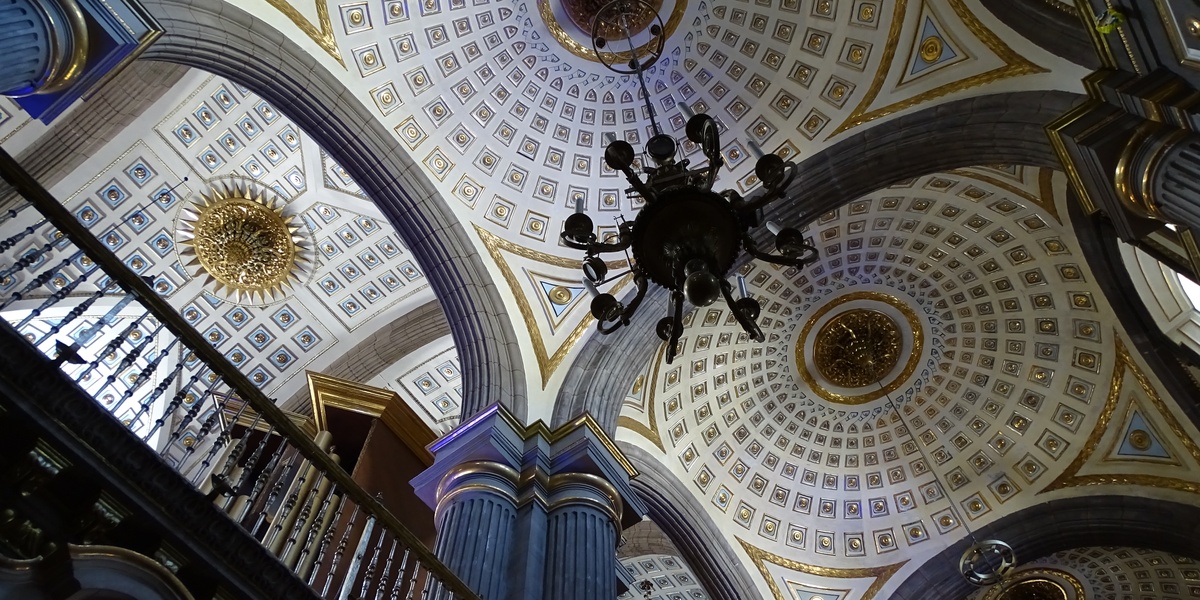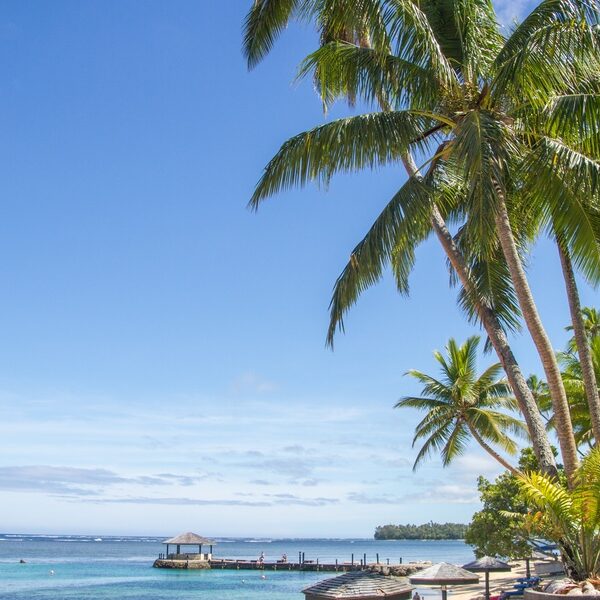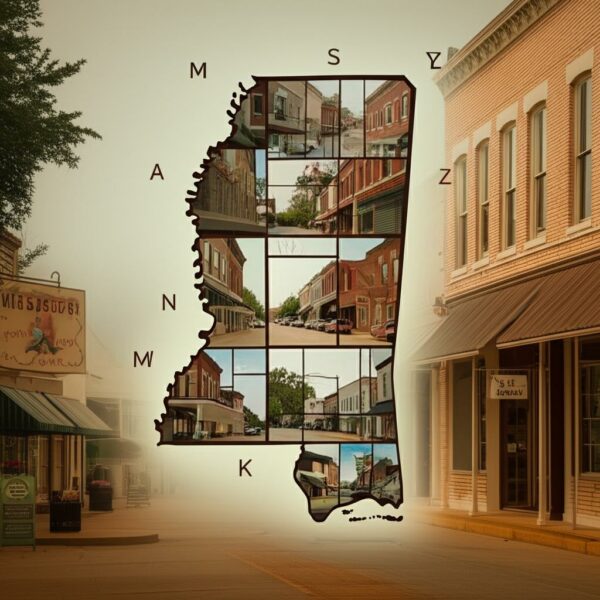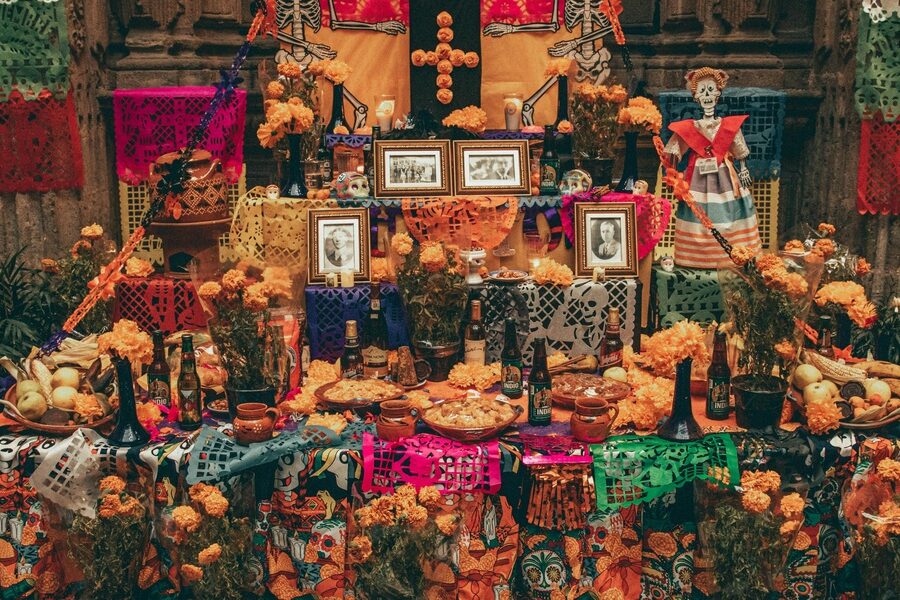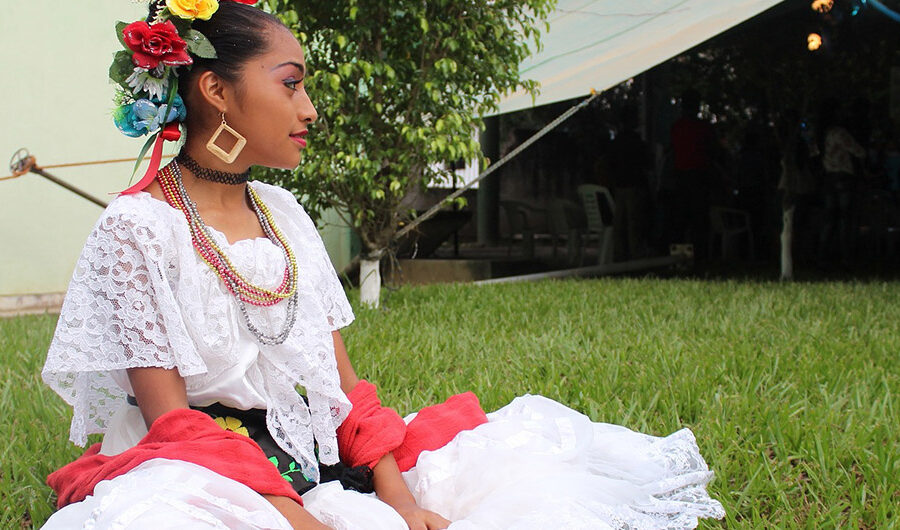On May 5, 1862, a ragtag army of Mexican forces beat a better-equipped French force at the Battle of Puebla, a surprising victory that still fuels the city’s festivals and pride. In the quiet morning the cathedral dome glints over the Zócalo, vendors set out fresh tortillas and the air smells faintly of chiles and frying oil.
Puebla was founded in 1531 and its compact Historic Center—now a UNESCO World Heritage site—packs centuries of baroque facades, Talavera tile, and convent courtyards into strollable blocks. This list gathers eight curated experiences that show why the city punches well above its weight: architectural treasures, market-to-table meals, hands-on crafts, and easy day trips to volcanoes and pyramids.
If you want practical tips—best times to visit, accessibility notes, and how to thread a market visit into a pottery class—you’re in the right place. Below are eight specific things to do in Puebla with what to expect and how to make the most of each stop.
Historic & Architectural Wonders
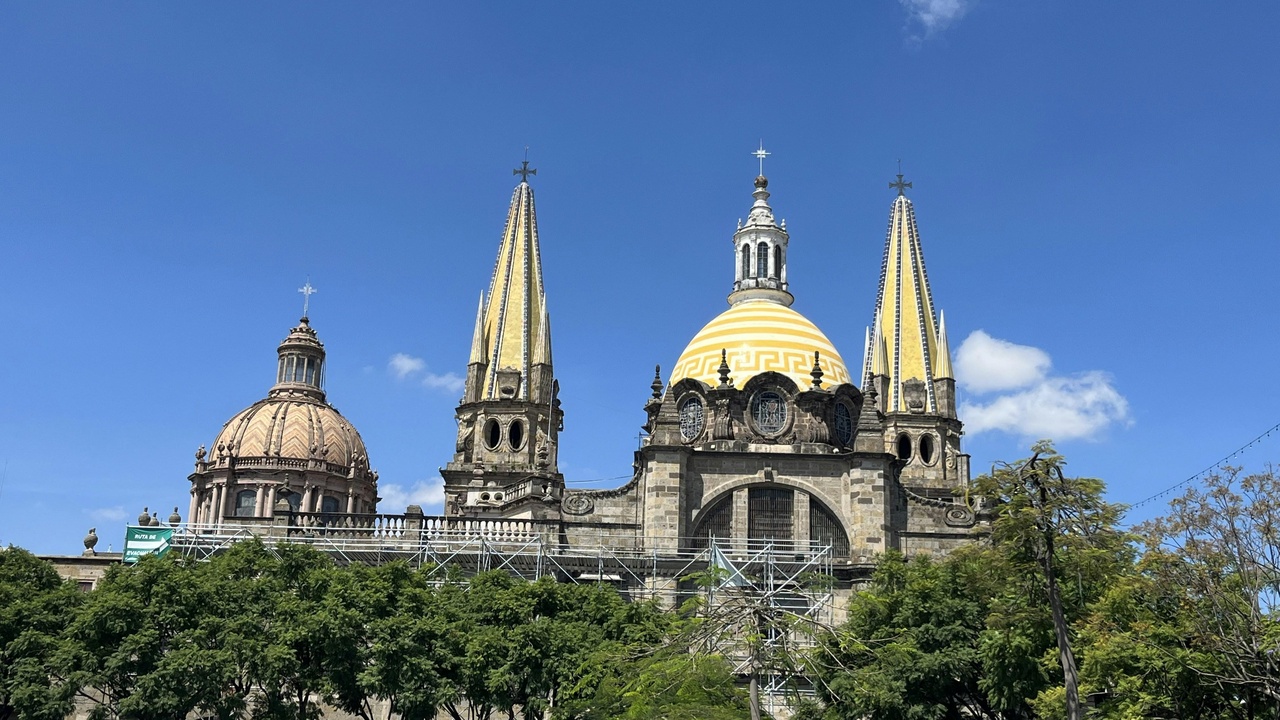
The Historic Center of Puebla (a UNESCO site) is highly walkable and radiates Spanish colonial baroque details: Talavera tile facades, soaring bell towers, and quiet cloisters. Founded in 1531, the city’s streets reward slow exploration—look up for tilework and down into cloister courtyards that still host markets and cafés.
1. Marvel at Puebla Cathedral and the Zócalo
The cathedral is a must-see landmark that dominates the Zócalo skyline. Construction began in 1575 and extended over centuries, giving the building a layered profile and twin bell towers that you can spot from many blocks away.
Inside, the cathedral contains expansive altarpieces, private chapels, and an ornately carved choir. Visit early for soft morning light on the plaza and clearer photos, or drop in late afternoon for occasional organ concerts and changing light across the stonework.
Practical tips: guided tours are available at the cathedral and nearby Calle 5 de Mayo offers elevated viewpoints for photography. The main plaza is flat and mostly wheelchair-accessible, though some older side chapels have steps—ask staff at the entrance for the smoothest route.
2. Visit the Biblioteca Palafoxiana and historic convents
Biblioteca Palafoxiana, founded in 1646, is often called the Americas’ first public library and remains a living library with baroque bookcases and rare manuscripts. The vaulted reading room, lined with centuries-old volumes, feels like stepping into another era.
Guided visits are short and revealing: you’ll see illuminated manuscripts, binding styles from different centuries, and the wood-paneled stacks that give the room its honeyed glow. Combine this stop with nearby convents such as Santo Domingo or the Convento de Santa Rosa to extend the architectural tour.
Scheduling note: the library has limited hours and small-group tours, so book ahead when possible. The courtyard approach is accessible, but some adjacent convents may have steps—check ahead for mobility accommodations.
Food, Markets & Culinary Experiences
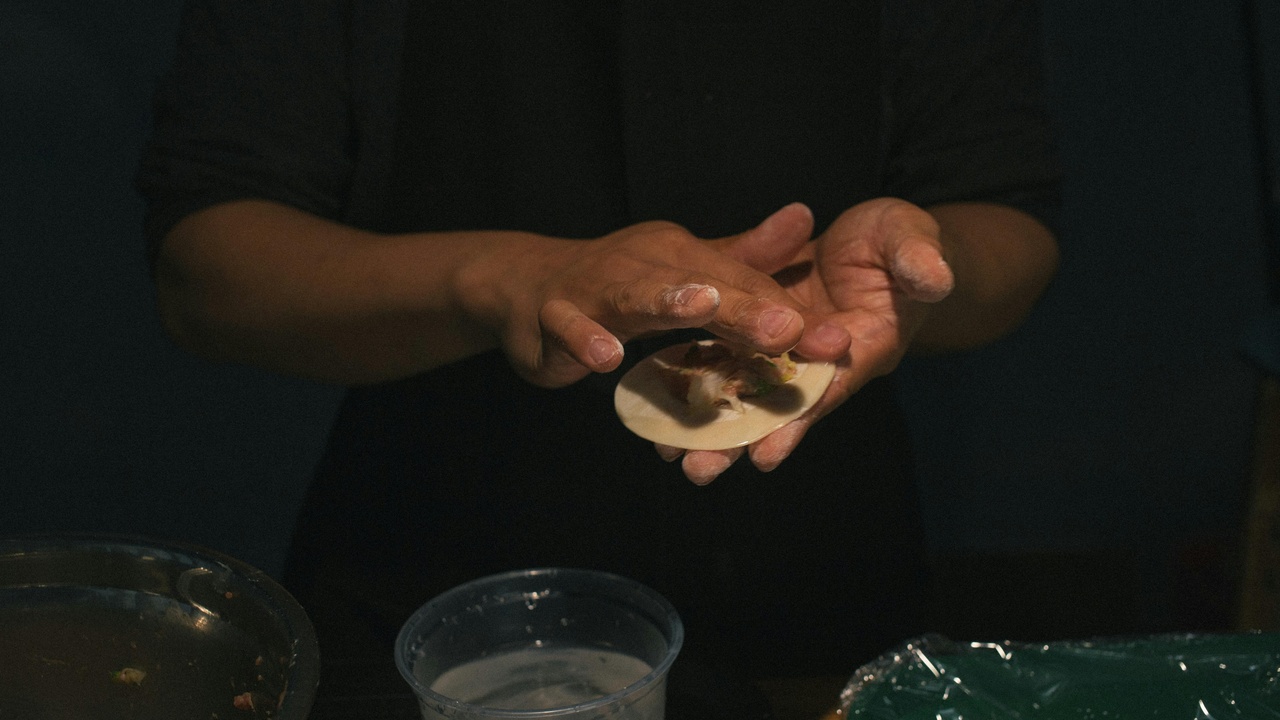
Puebla is one of Mexico’s culinary capitals—credited as the birthplace of mole poblano and famous for chiles en nogada—where markets are as important as restaurants. A half-day food loop (market, sit-down meal, then a short cooking class) gives a flavorful window into local life.
3. Taste mole poblano and take a cooking class
Mole poblano is Puebla’s signature dish: a complex sauce that can include 20–30 ingredients such as dried chiles, nuts, seeds, spices, and a touch of chocolate. Its roots trace back to convent and street-kitchen traditions where layered flavors were prized.
Practical experience: many market-to-kitchen classes (often listed on Airbnb Experiences or Tripadvisor) run 3–4 hours and include a short market visit, hands-on prep, and a sit-down meal at the end. Expect to grind, toast, and balance sweet, bitter, and savory notes under an instructor’s guidance.
Booking tip: reserve at least a week ahead for popular slots, tell the host about dietary restrictions (vegetarian substitutions are possible), and bring a small cooler if you want to pack a prepared mole to take home.
4. Explore markets and try chiles en nogada (seasonal)
El Parian (Mercado de Artesanías), Mercado Xallitic, and the food stalls circling the Zócalo are ideal for sampling candies, tacos, and snacks. Markets are also the place to buy local ingredients and small Talavera pieces to bring home.
Chiles en nogada is a patriotic, seasonal dish most commonly found from August into September. The stuffed pepper, topped with walnut sauce and pomegranate seeds, celebrates Independence Day colors and is best tried at family-run fondas or market stalls known for seasonal specialties.
Budget and bargaining: a market meal typically runs MXN 60–200 depending on the stall. Bargain politely for crafts at El Parian (start 10–15% below the asking price), but accept fixed prices for prepared foods. Sample small portions first—street vendors are usually happy to let you try before you buy.
Arts, Crafts & Museums
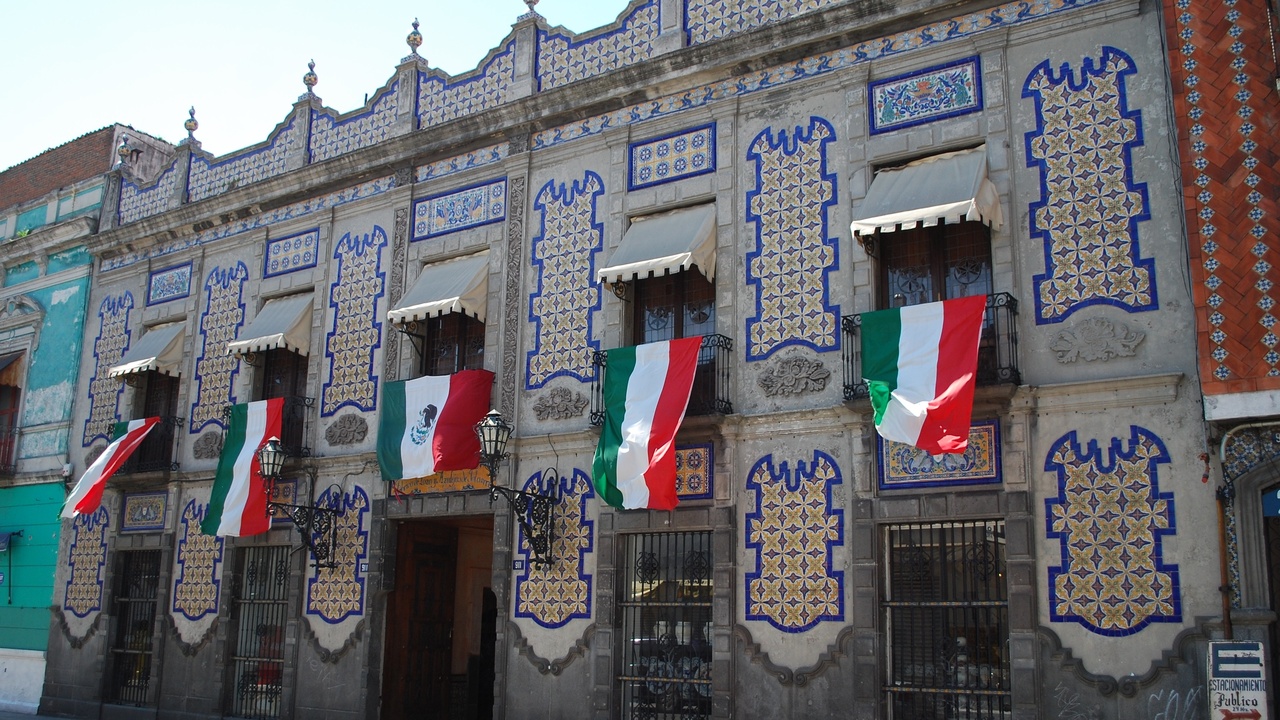
Talavera pottery, museums with pre-Hispanic collections, and a lively gallery scene make Puebla rich in visual culture. Many workshops welcome visitors for hands-on sessions, and museums balance old collections with contemporary exhibitions.
5. Join a Talavera pottery workshop and visit ateliers
Talavera tiles and ceramics color Puebla’s facades; the technique blends Spanish majolica with local clay and centuries of tradition. You’ll see the blue-and-white motifs everywhere—from church tiles to shop windows.
Hands-on workshops at established makers such as Uriarte Talavera (a historic factory and showroom) take about 60–90 minutes for beginners and let you paint a tile or a small bowl. A typical session covers glazing basics, pattern transfer, and the maker’s stamp to look for when buying authentic pieces.
Buying tip: authentic Talavera carries a maker’s stamp and has a glassy, finely fired glaze; cheap imitations may feel porous and have sloppy decoration. Expect stamped, small souvenir tiles from around MXN 200 and more elaborate pieces priced higher.
6. Visit Museo Amparo and local contemporary galleries
Museo Amparo is one of Mexico’s best regional museums, with collections that span pre-Hispanic, colonial, and modern art. Its layout and lighting make 1.5–2 hours a comfortable visit to see signature pieces and rotating shows.
Pair the museum visit with coffee at a nearby café, then walk through the Barrio del Artista to spot street murals and small contemporary galleries. Exhibits change frequently, so check the museum’s website for current highlights and ticketing options.
Accessibility note: Museo Amparo is wheelchair-accessible and offers guided tours. Allocate extra time if you want to read exhibit labels or visit the museum shop for curated Talavera and art books.
Outdoors, Day Trips & Nearby Wonders
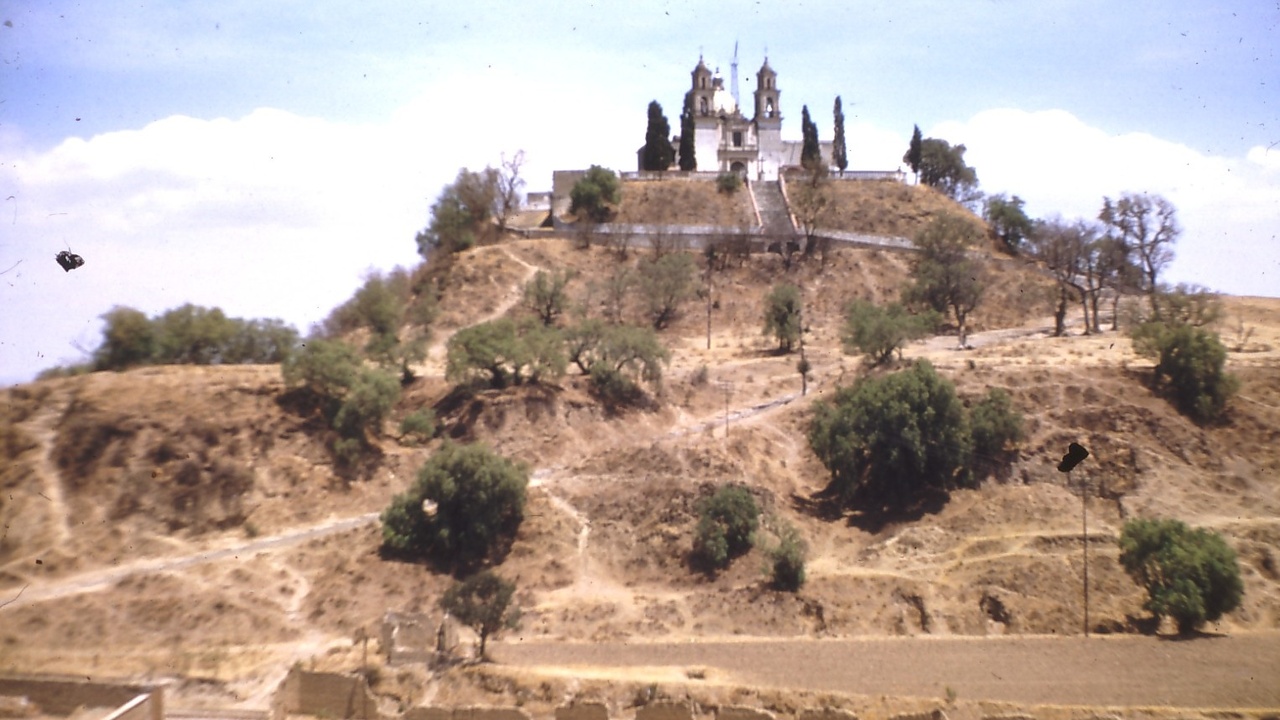
The region around Puebla offers dramatic volcano backdrops, colonial towns, and ancient sites that are ideal for half- or full-day outings. Cholula’s Great Pyramid is the largest pyramid by volume, and Popocatépetl (about 5,426 m) dominates skyline views on clear days.
7. Explore the Great Pyramid of Cholula and its church
Cholula’s pyramid has a long history—parts date back more than 2,000 years—and is notable as the largest pyramid by volume. What looks like a green hill is actually a superstructure hiding tunnels and archaeological layers.
The site is roughly a 20–30 minute drive from Puebla’s center. Expect to walk through museum displays, short tunnels dug into the mound, and climb to viewpoints near the Iglesia de Nuestra Señora de los Remedios for sweeping photos at sunset.
Combine Cholula with dinner at a rooftop restaurant overlooking the church and surrounding volcanoes for a memorable evening. Guided tours can arrange the archaeological museum visit plus transport, which simplifies timing if you’re short on time.
8. Take a volcano viewpoint or visit nearby Atlixco/Africam Safari
Popocatépetl, at roughly 5,426 m, is active and an imposing presence on clear days. For safe viewing, head to designated viewpoints outside the exclusion zones; local guides and park services will note any restrictions before you go.
Two practical day-trip options: drive 30–60 minutes to viewpoint areas or the floral town of Atlixco for its flower markets, or visit Africam Safari for a family-friendly wildlife drive. Car rental gives flexibility, but guided tours remove the stress of navigation and local parking.
Best seasons: winter months usually offer the clearest skies for volcano photography. Always check volcanic activity advisories and respect any closures for safety—viewpoints are informative and often staffed with local vendors and cafés.
Summary
- Puebla packs centuries of architecture into a walkable center—think Talavera tile facades, twin cathedral towers, and the Biblioteca Palafoxiana (founded 1646).
- Food is central: try mole poblano, hunt seasonal chiles en nogada in late summer, and book a market-to-kitchen cooking class through platforms like Airbnb Experiences or Tripadvisor-listed hosts.
- Hands-on crafts make memorable souvenirs—join a 60–90 minute Talavera workshop (Uriarte Talavera and other ateliers welcome visitors) and learn to spot authentic maker’s stamps when shopping.
- For easy day trips, combine an afternoon at Cholula’s Great Pyramid (about a 20–30 minute drive) with a rooftop dinner, or choose a volcano viewpoint, Atlixco’s flower markets, or Africam Safari for family fun.

